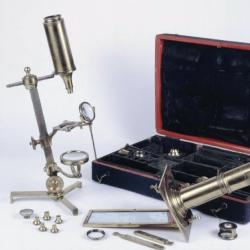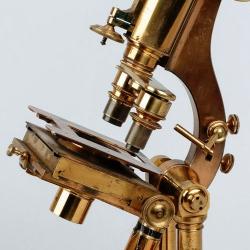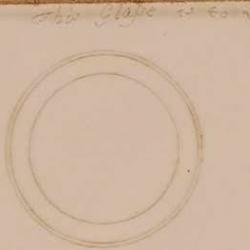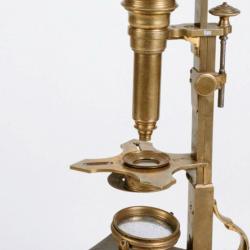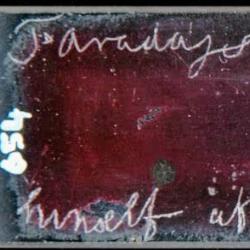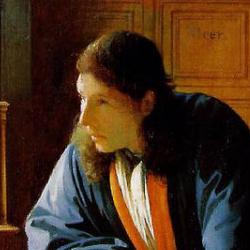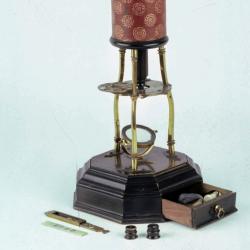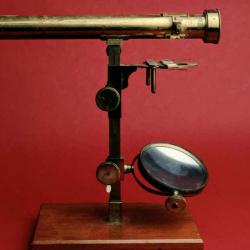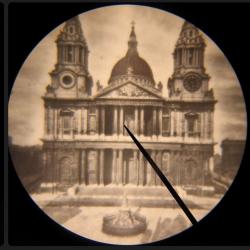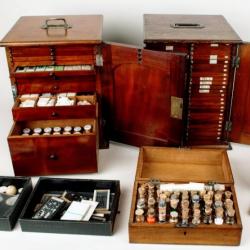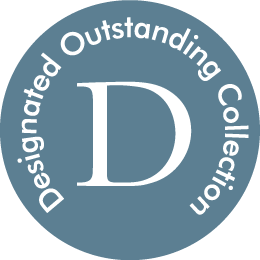Since the microscope was invented, just before 1600, people have been fascinated by the new world it allowed us to view. This section explains how people have interacted with that world. The Whipple Museum has a collection of over 400 microscopes and accessories, dating from the late 17th century to the present. Some of the most important microscopes in the collection were owned and used by famous scientists, such as Charles Darwin.
The articles in this section explain various aspects of the history of microscopy. Some of the most interesting stories concern the people who actually made and used microscopes. These 'associations' are emphasised throughout. Browse the articles using the links below or on the menu to the left of the page.

